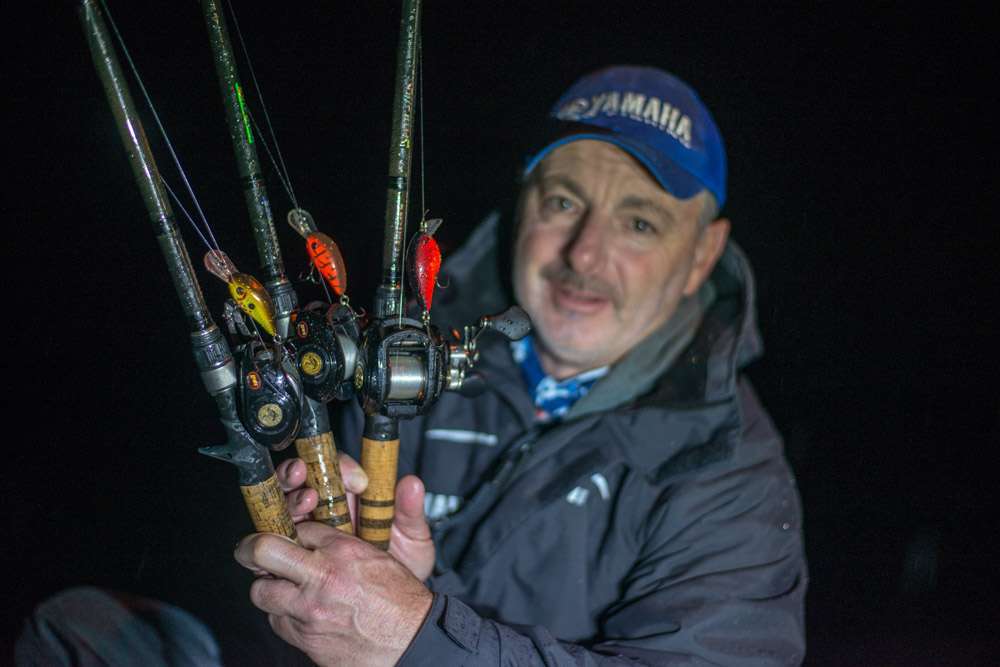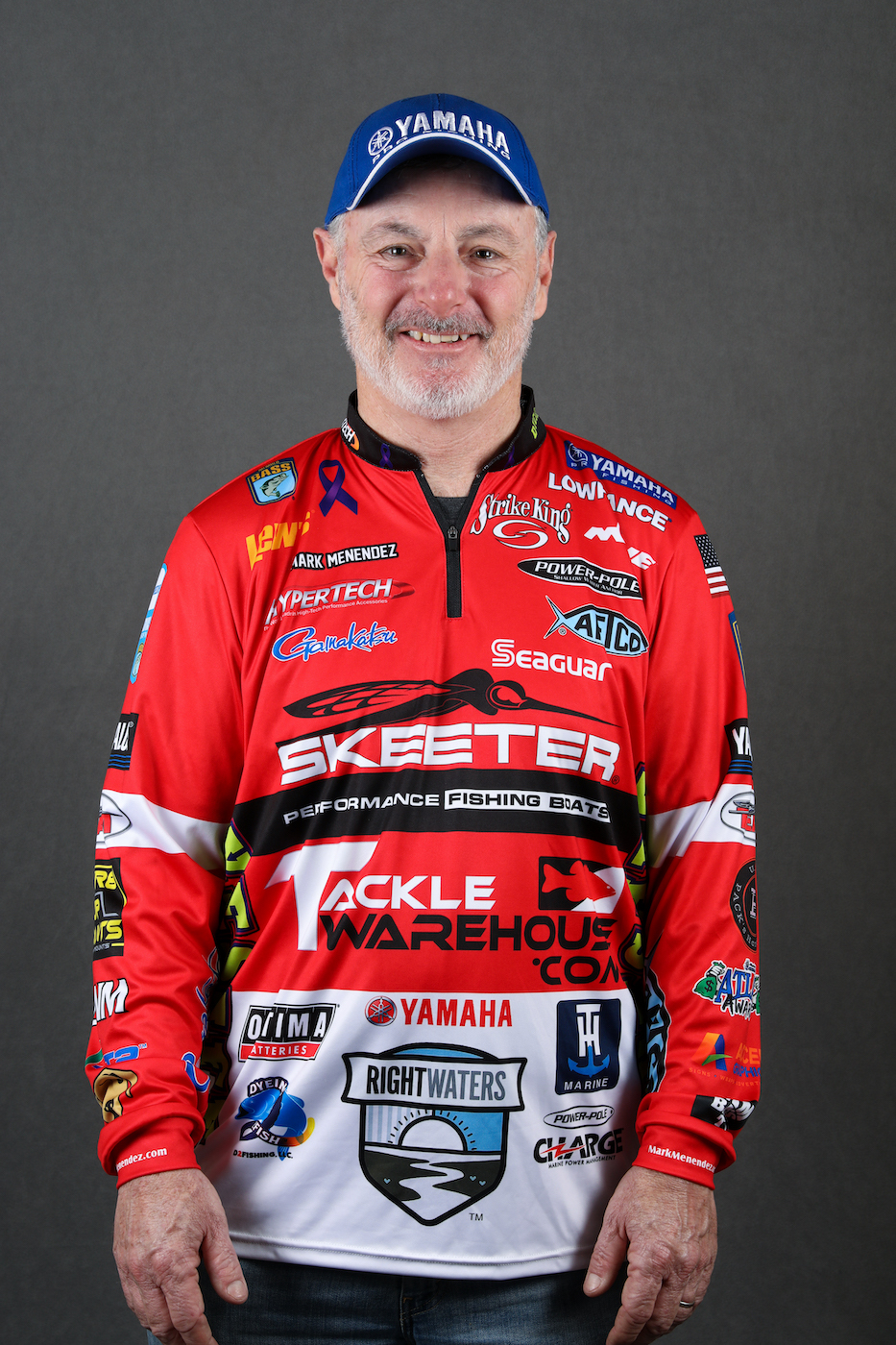
Most bass anglers fish with crankbaits, and we all know there’s something like a hundred, or more, different makes and styles of crankbaits. Picking the right one is no easy task. We know we need to choose a wiggler, a wobbler, a shallow runner or a deep runner. But how do we do that?
In this column I’m going to try to give you a few general guidelines that’ll help you choose the bait you need. In some cases I’ll reference Strike King baits. That’s not because this is intended to be an infomercial. Rather, it’s because I’m most familiar with them and because they make for good examples of what I’ll be talking about.
First off let’s talk about wigglers and wobblers. The vibration of a crankbait is determined by the placement of the bill that runs off the chin of the lure. If it’s straight or has only a slight angle down the lure is a wiggler. If the bill comes off the chin at a sharp downward angle, the bait will be a wobbler.
It’s easy to compare and contrast two lures to see which one has the tighter or wider lateral movement. A Strike King Series 3 bait is a wiggler. Look at its bill. On the other hand, a Series 4 is a wobbler. Its bill has a much sharper downward angle. You’ll see that right away when you look at one.
When it comes to running depth it’s all about the length of the bill. The longer the bill the deeper the bait will run. Yes, it really is that simple.
If you’re worried about hangups in rock, brush or debris you’ll want to pay attention to the width and shape of the bill. The narrower the bill the more likely it is that your crankbait will hang on something. A wide bill helps to deflect a bait off of things. And, a thumb shaped bill is really good at avoiding hangups.
That’s why you can drag a square bill through all kinds of brush without a snag. Its wide bill acts like the face guard on a football helmet. Look at a Strike King 1.5 or 2.5 to see what I’m talking about.
The things I’ve mentioned are simple when you talk about them one at a time. The issue is, however, that they aren’t put together one at a time. Every bait has a combination of bill angle, width, shape and length. And they’re all different.
The only way to pick the appropriate bait for the conditions you’re fishing is to look at several and then compare and contrast them with one another. That’s not always easy, but it’s not impossible, either. Don’t buy something just because it’s pretty and then find out that it doesn’t do what you need it to do when you start fishing with it.
There are a few other things that you might want to keep in mind. I can tell you as a fisheries biologist that the colder and clearer the water the more a bass uses sight to feed and the less they use their lateral line and their inner ear. The opposite is true when the water has more color to it. That’s why it’s so hard to catch bass in cold, muddy water. They can’t see, and they can’t hear.
Another thing to keep in mind is that crankbaits are at their best when they run near something and deflect off of it — structure, or cover, or the bottom makes no difference. It just needs to hit and deflect.
I haven’t mentioned rattles up to this point because they can be very location and conditions specific. For the most part they help when a bass is using its lateral line or inner ear to locate forage.
One final word of caution: In the fishing world terms have no standard definition. A wiggle to one angler might be a wobble to another. Don’t pay any attention to how someone else describes a bait. Make your own judgment about what’s a wiggle and what’s a wobble, and make your own judgment about what’s deep and what’s shallow.
Think about the things I’ve discussed the next time you go to the tackle store or make an online order. You’ll make better decisions about your crankbaits, and catch more bass.





